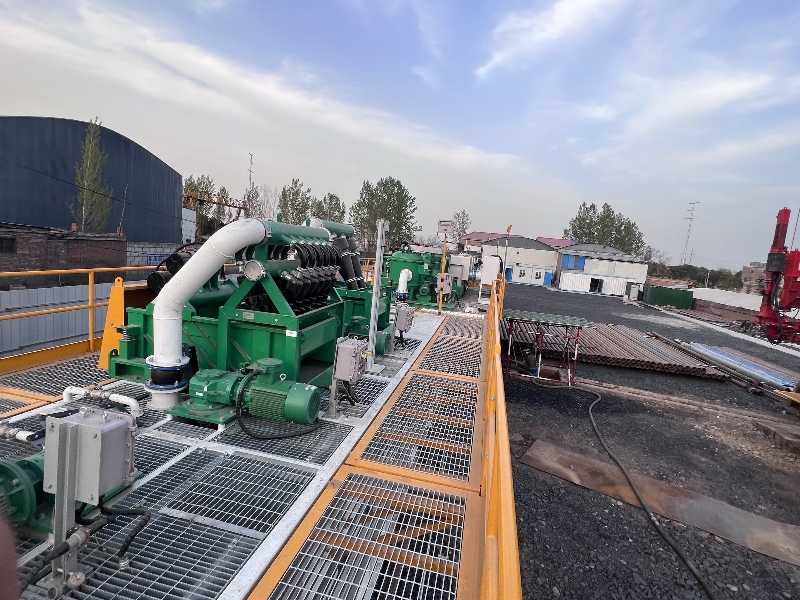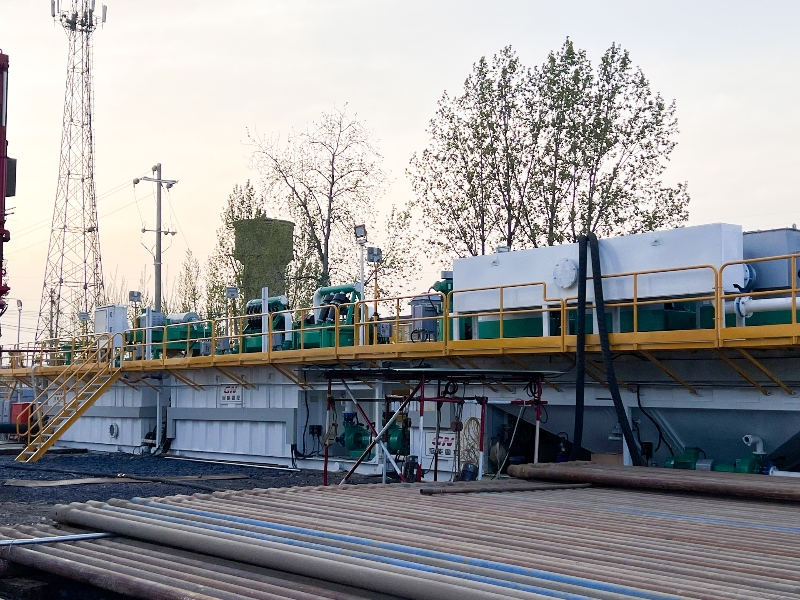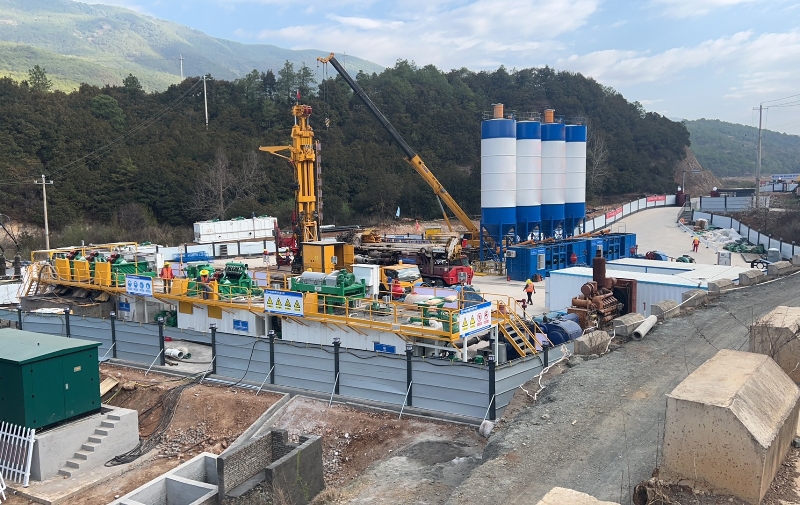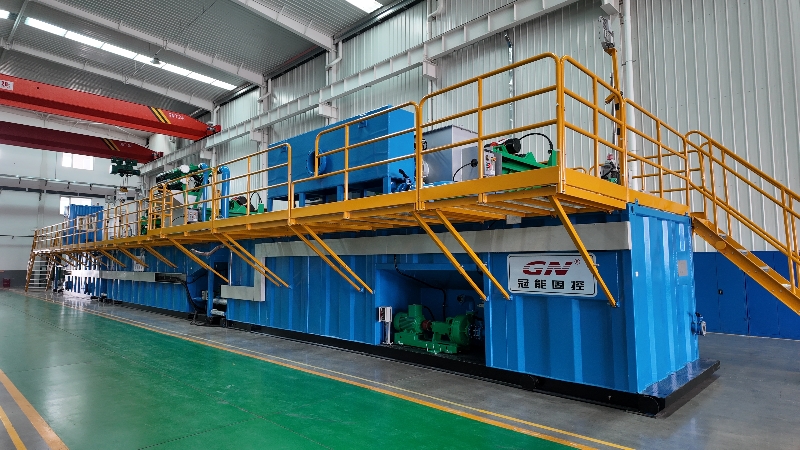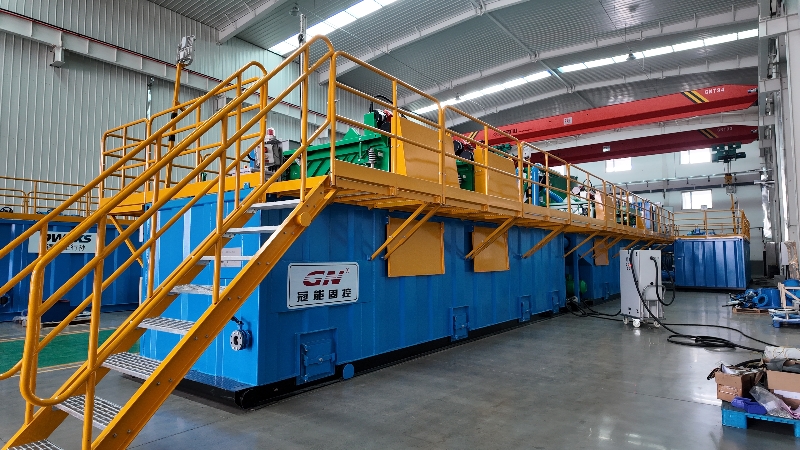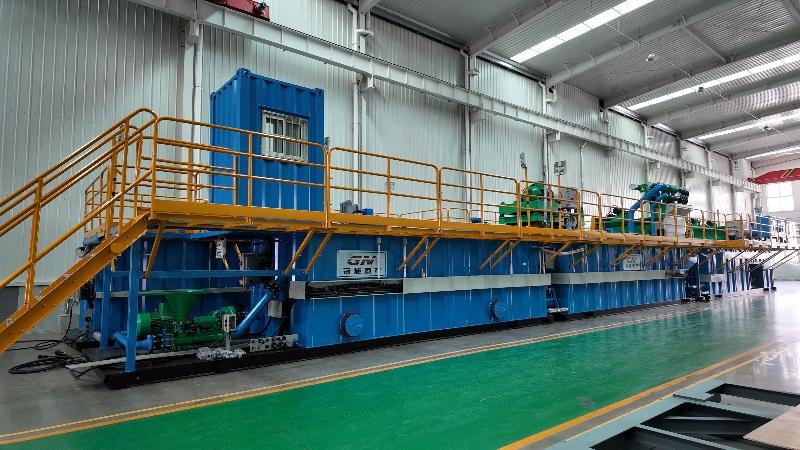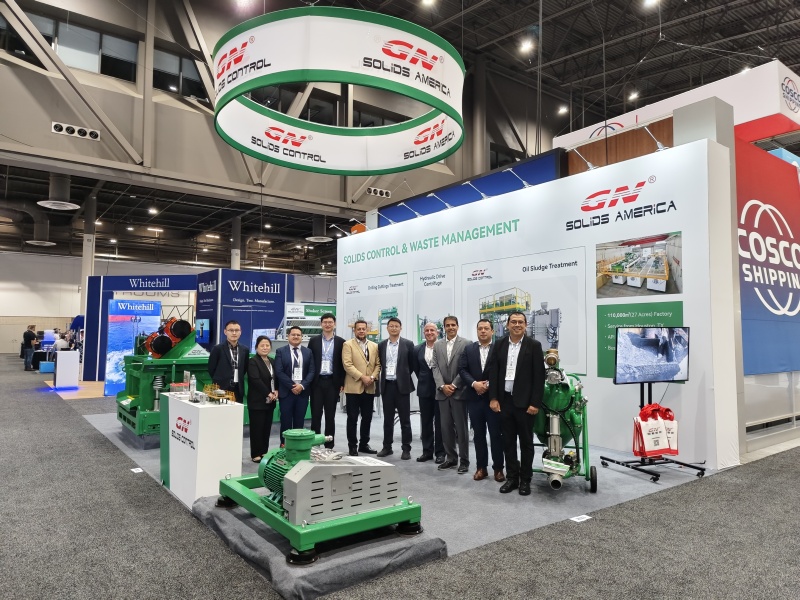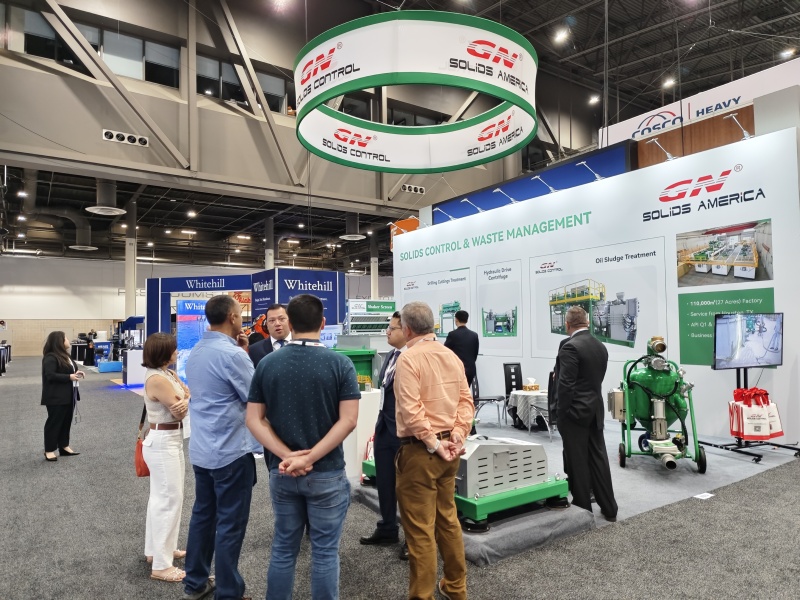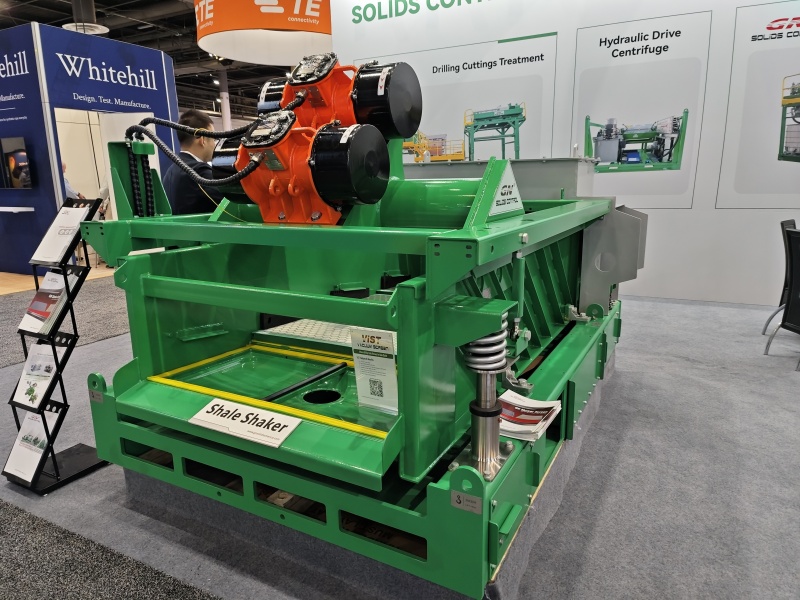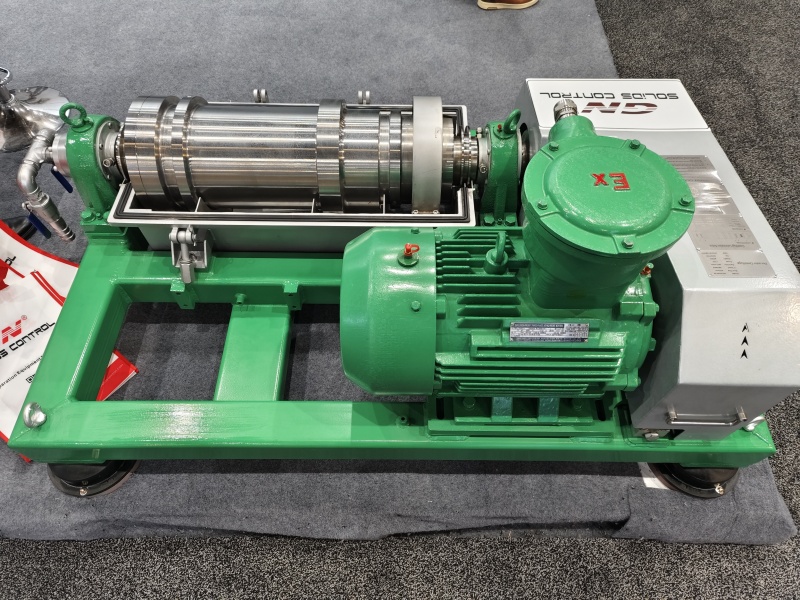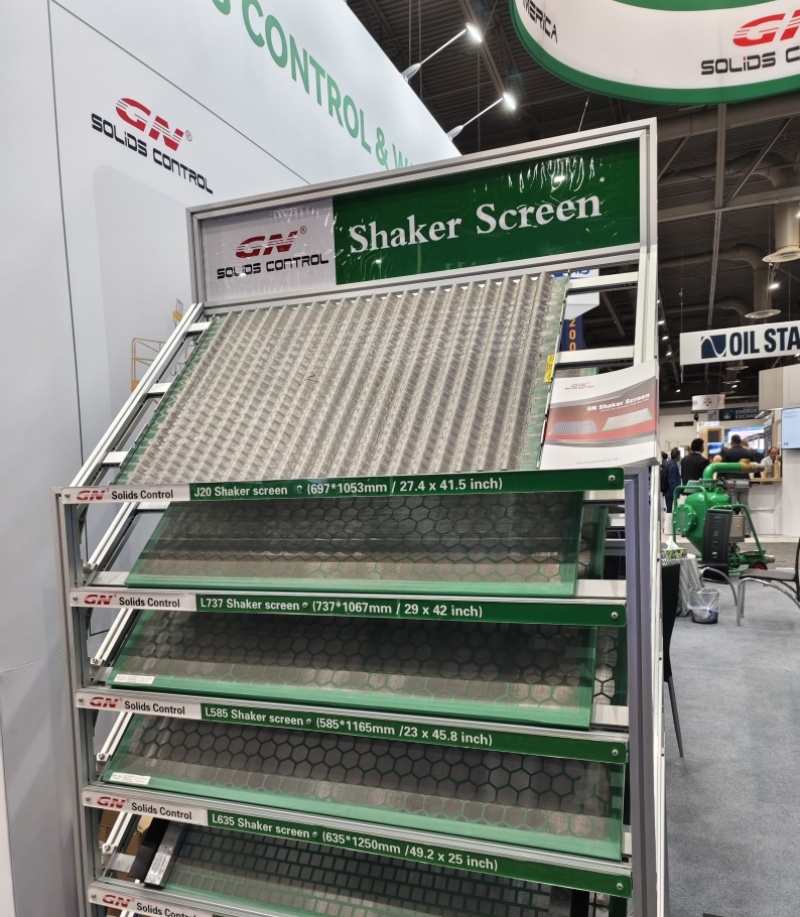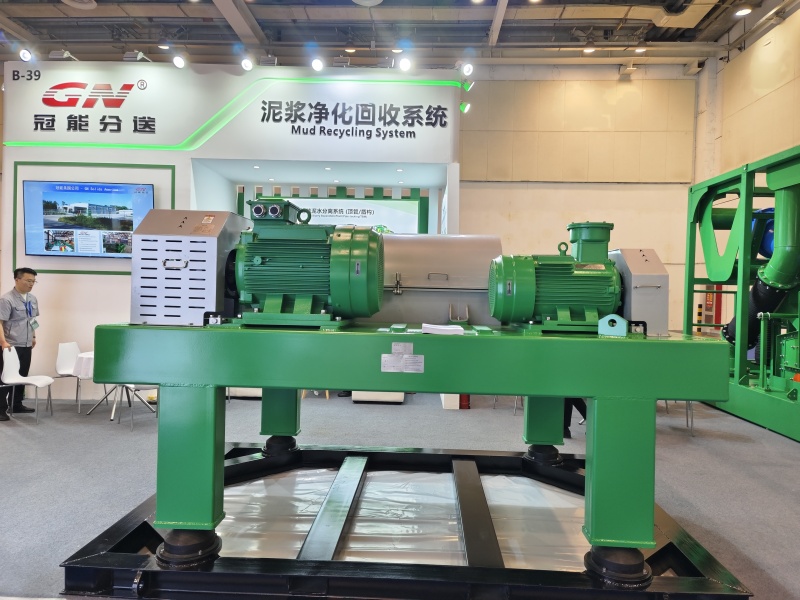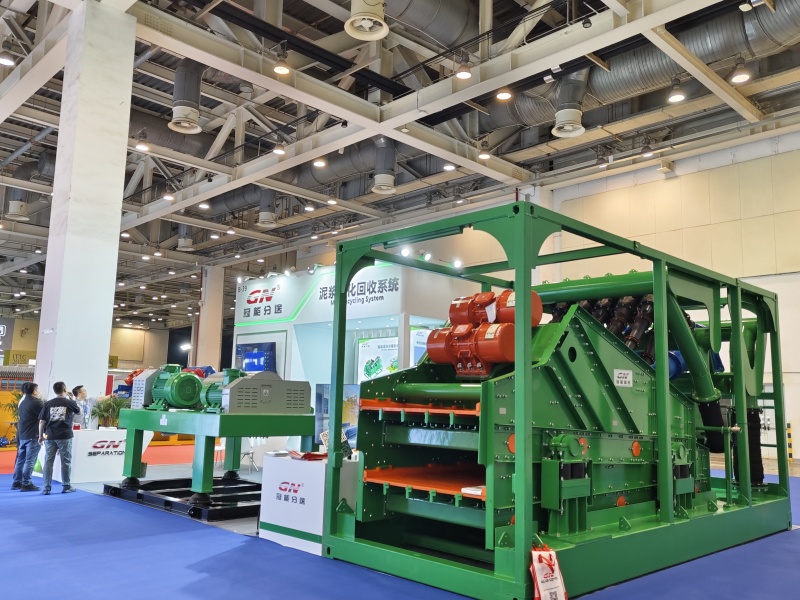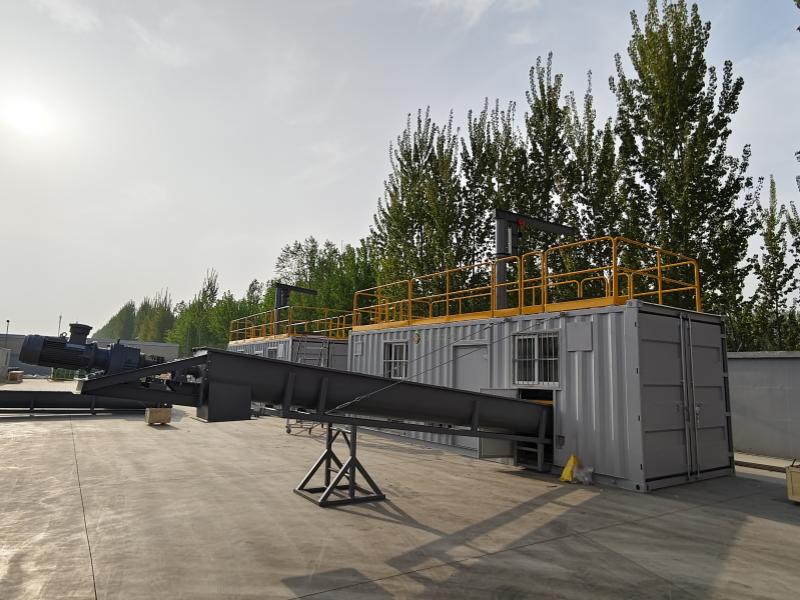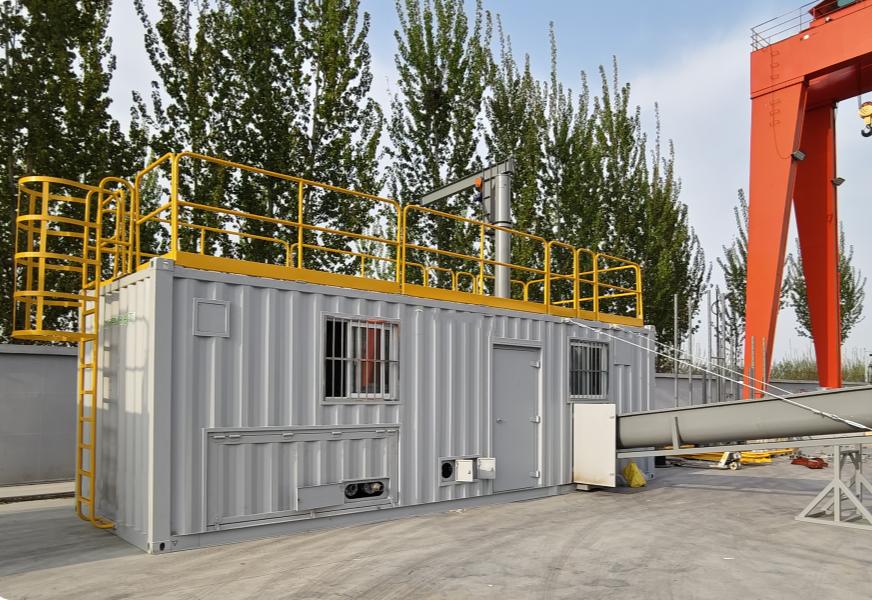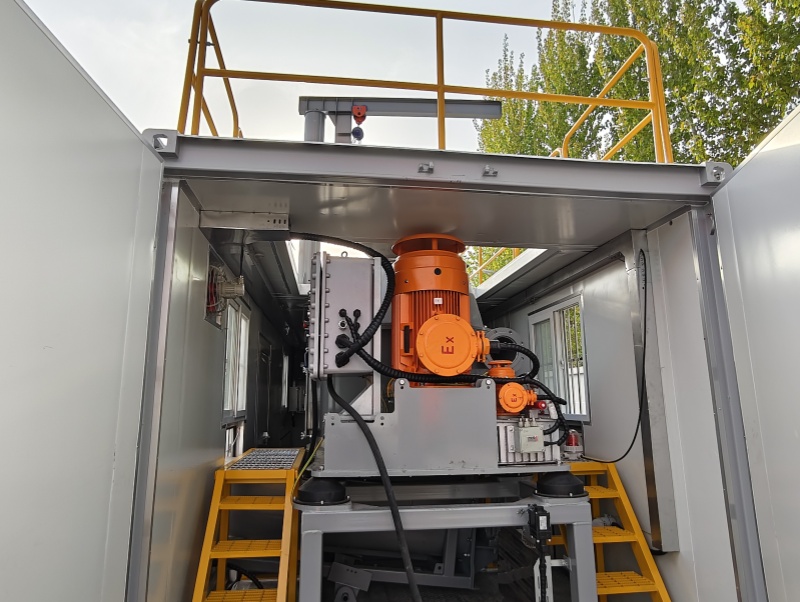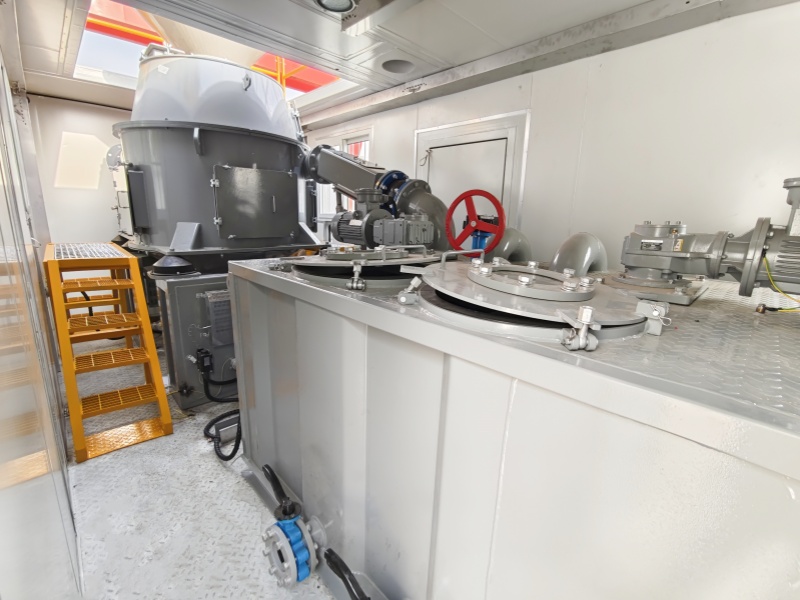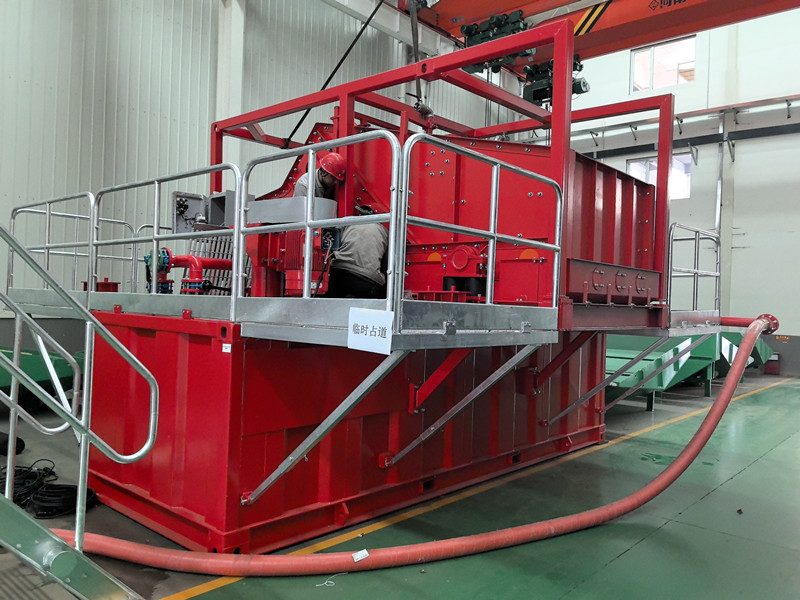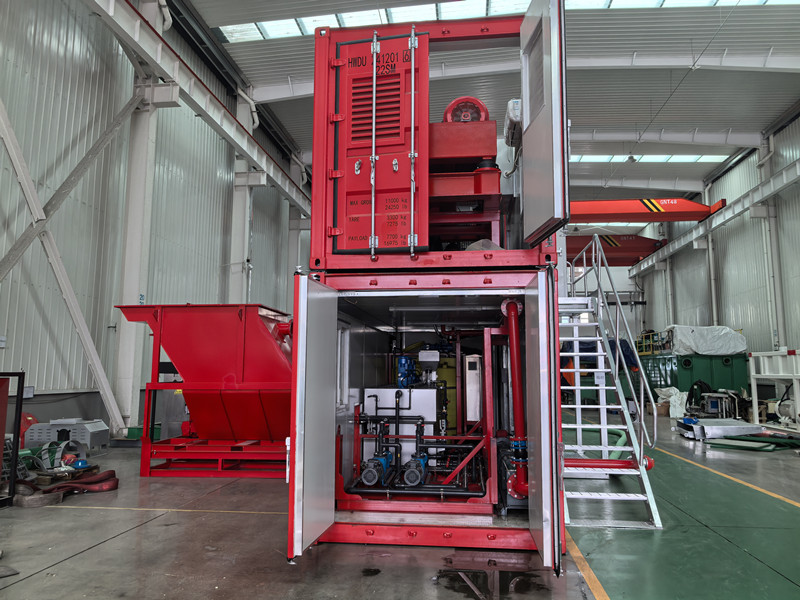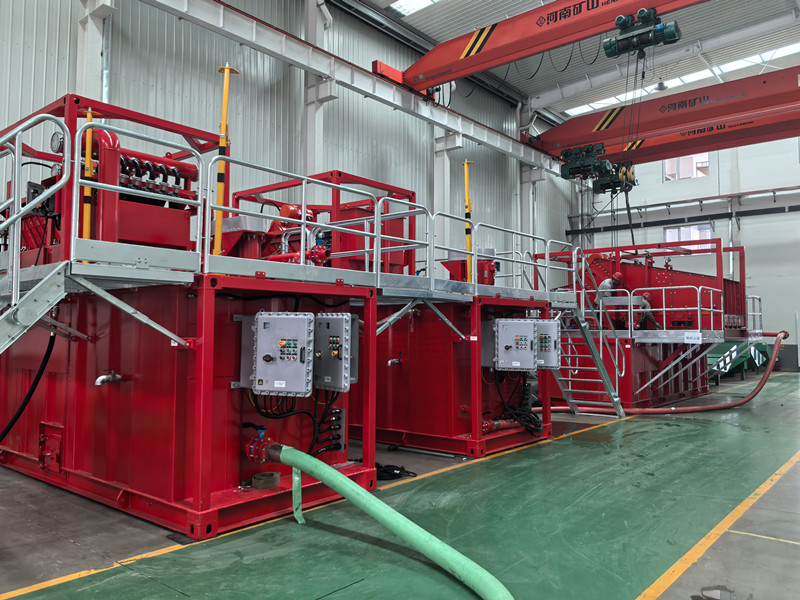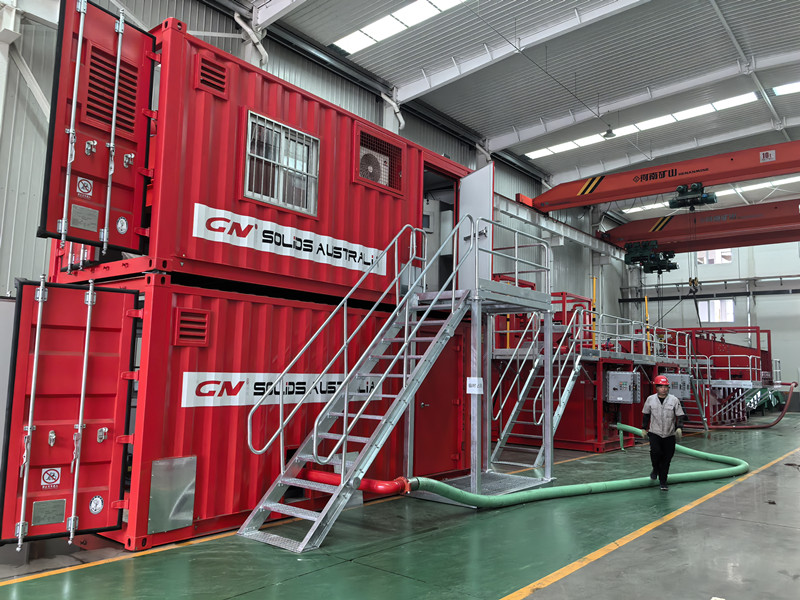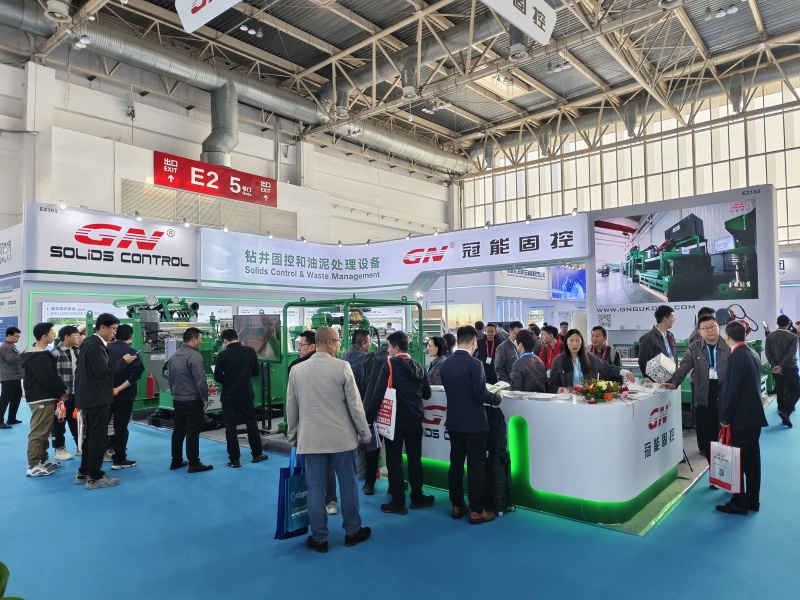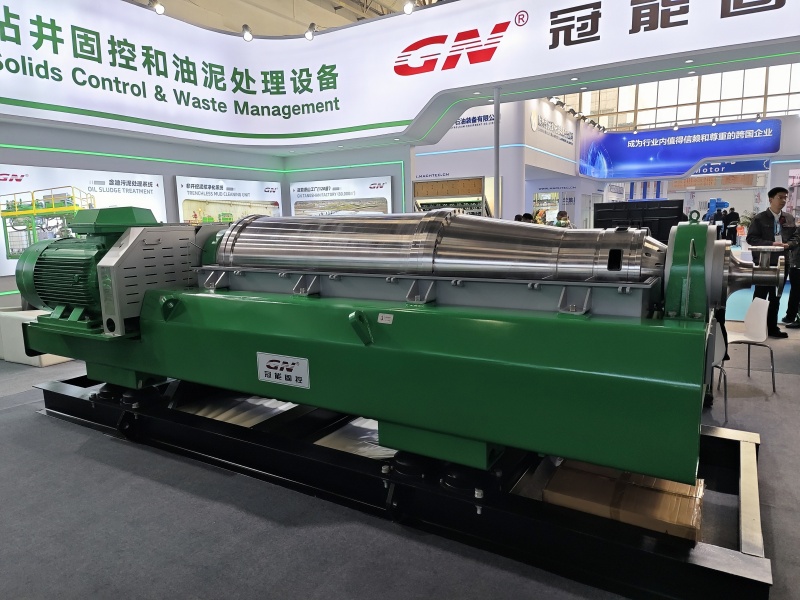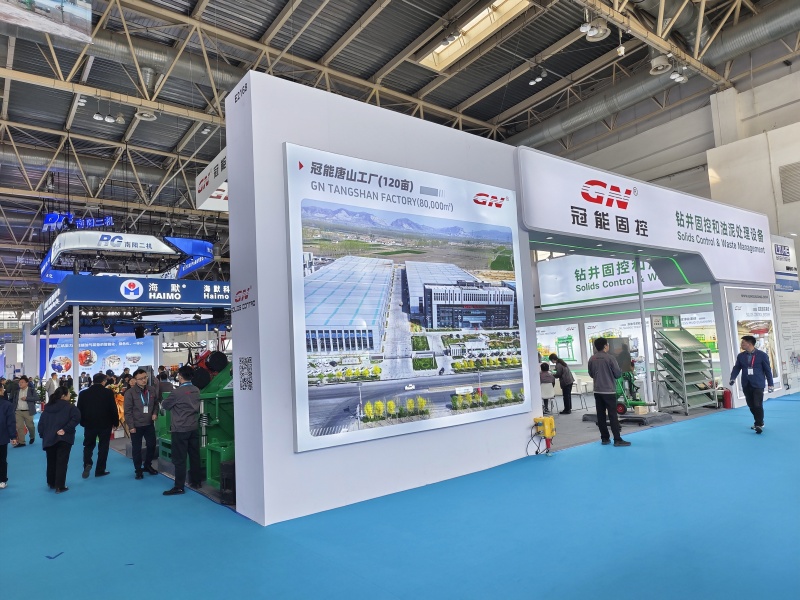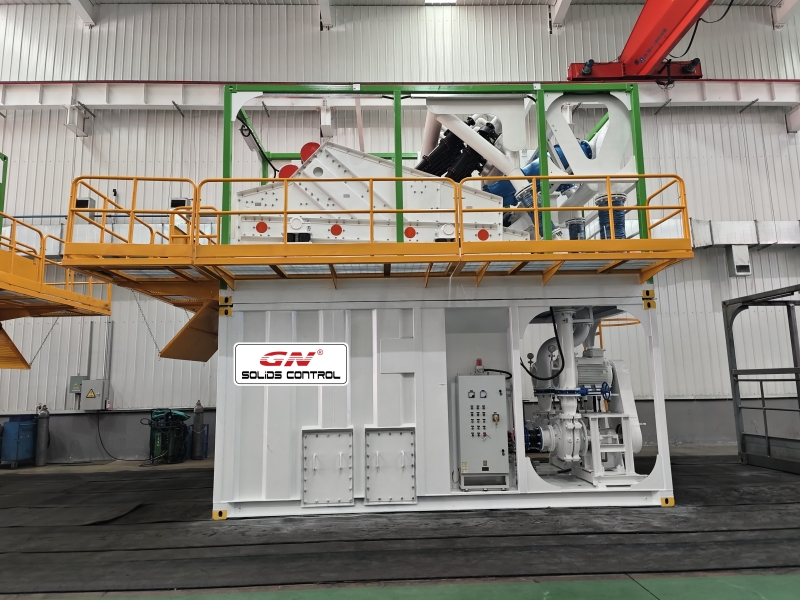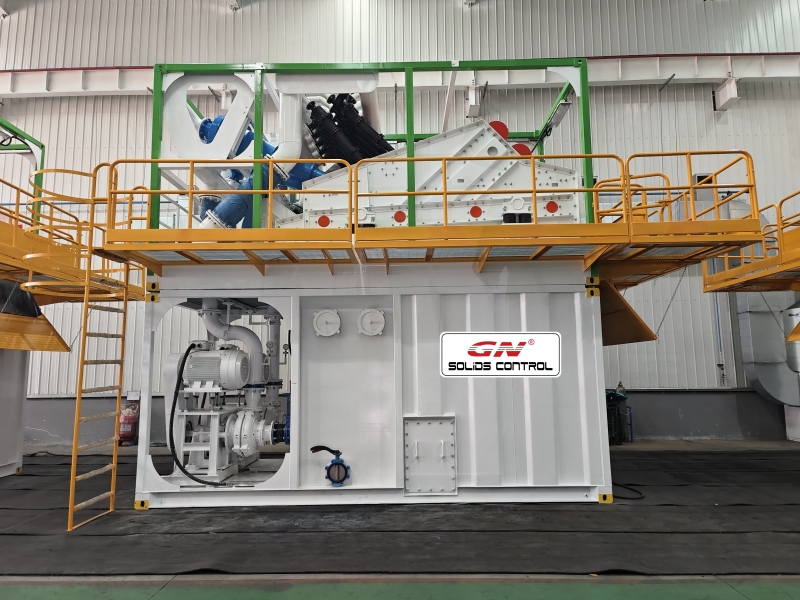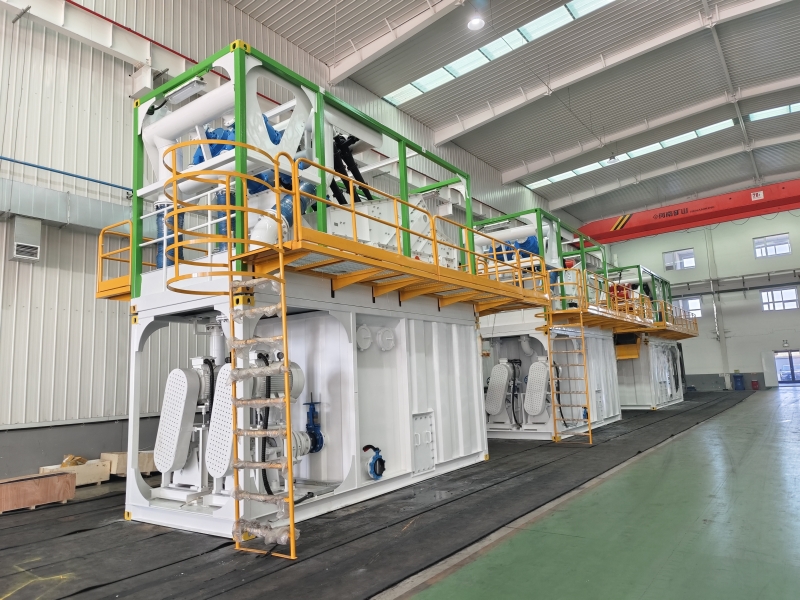

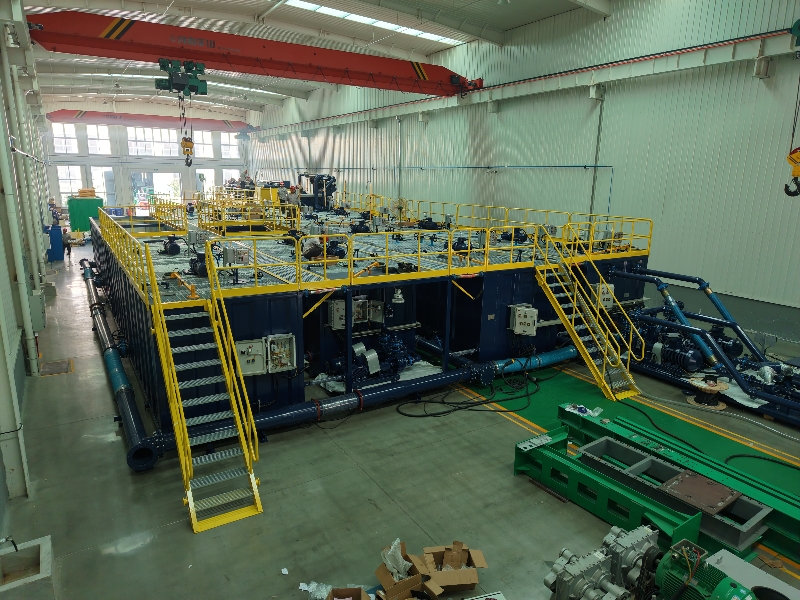
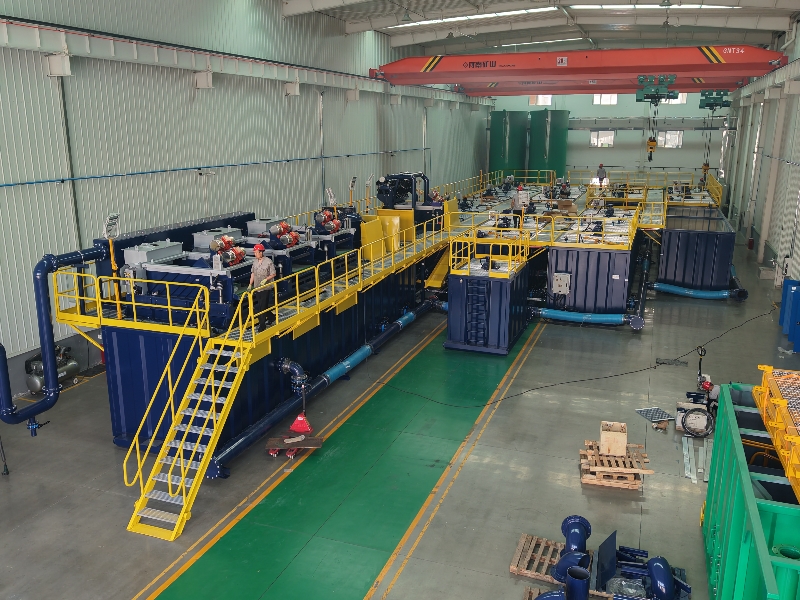
GN Solids Control Co., Ltd. is a Chinese company specializing in the design, manufacturing, and service of solid control systems and related equipment for the oil and gas drilling industry.
Mud Recycling System in Drilling Activity
A Mud Recycling System (also called a Solids Control System) is essential in drilling operations to remove drilled solids, maintain drilling fluid properties, and reduce waste. GN Solids Control Co., Ltd. provides advanced mud recycling solutions for oil & gas, HDD (Horizontal Directional Drilling), and geothermal drilling.
Key Components of a Mud Recycling System A typical GN mud recycling system includes:
- Shale Shaker (Primary Separation) Function: Removes large cuttings (≥74μm) from drilling fluid.
GN Models: Linear motion / elliptical motion shakers.
Benefits: High G-force, fine mesh screens for better solids removal.
- Desander & Desilter (Secondary Separation) Desander (40-100μm): Hydrocyclones remove medium-sized solids.
Desilter (15-40μm): Finer hydrocyclones for small particles.
GN Feature: Compact, high-efficiency hydrocyclone cones.
3.Degasser (Gas Removal) Vacuum Degasser: Removes entrained gases (H₂S, CH₄) from mud.
GN Feature: Automatic control for efficient degassing.
4.Centrifugal Pump & Mud Mixing System Ensures smooth fluid transfer and mixing of additives.
How the Mud Recycling System Works
-
Drilling Fluid Returns from the wellbore carrying drilled cuttings.
-
Shale Shaker removes large solids (primary separation).
-
Desander & Desilter remove finer particles (secondary cleaning).
- Degasser eliminates harmful gases.
-
Recycled Mud is pumped back into the active mud system.
Benefits of GN Mud Recycling System
✔ Reduces Drilling Fluid Costs (up to 30% savings by reusing mud).
✔ Improves Drilling Efficiency (clean mud = better ROP, less wear).
✔ Minimizes Environmental Impact (less waste, compliance with EPA/IMO).
✔ Customizable (skid-mounted, containerized, or trailer-based).
✔ Suitable for All Fluids (water-based, oil-based, synthetic-based mud).
Applications
Oil & Gas Drilling (onshore & offshore)
HDD (Horizontal Directional Drilling)
Geothermal & Mining Drilling
Tunneling & CBM (Coal Bed Methane) Wells
For more detailed info and prompt reply,please find MichaelSong
Manager
Whatsapp:+86 178 0179 9913
Email: michael@gnsolidscontrol.co
